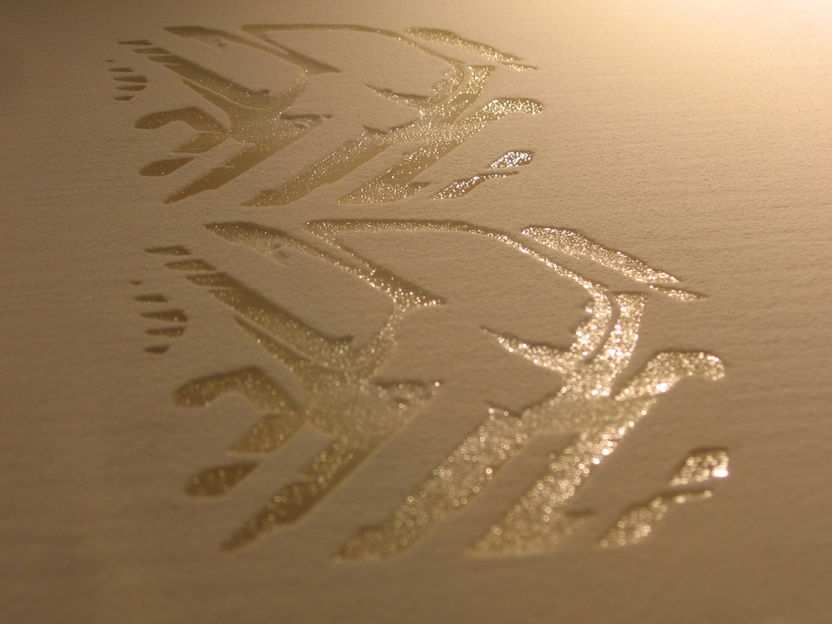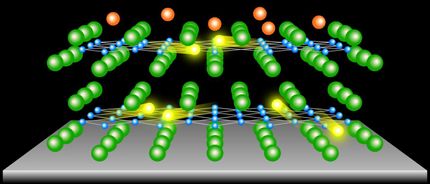Cocktail achieves superconducting boost
Scientists have now developed a high-performance material by mixing iron and selenium
Physicists describe how they have synthesized a new material that belongs to the iron-selenide class of superconductors, called LixFe2Se2(NH3)y, in a paper about to be published in EPJ B. The work was carried out by Ernst-Wilhelm Scheidt from the University of Augsburg and colleagues. This material displays promising superconducting transition temperatures of 44 Kelvins (K) at ambient pressure, thus improving upon traditional copper-based high-temperature superconductors.
The ultimate goal of scientists developing such materials is to reach superconducting characteristics at temperatures above that of liquid nitrogen (77K), which is the benchmark temperature to make them attractive for applications.
Until now, superconductors based on iron and arsenic discovered in 2008 worked at 56K. As recently as 2010 attempts to develop other materials replacing arsenic with selenium yielded iron-selenium materials with an intercalation of potassium, rubidium, cesium or thalium. These materials, belonging to the family of iron chalcogenide materials, reached a superconducting temperature of 32 K.
The authors have now used a chemical synthesis method to intercalate lithium atoms between layers of iron and selenium. Similar to the way a cocktail would generate an exciting new flavour, stirring all these ingredients for several hours in liquid ammonia produced exciting new superconducting properties. They found that these properties are controlled by electronic doping and expansion of the iron-selenium material's lattice structure, which is gained by intercalating the lithium-based electronic donor molecules.
Unlike previous attempts, the authors showed in this study that these materials can be successfully synthesised with a remarkable degree of purity. In addition, the fraction of the material that is superconductive was almost 80 percent, the highest reported for materials in the intercalated iron chalcogenides family.
Going one step further, the authors also showed that using sodium instead of lithium will further increase the superconducting temperature to 45.5 K.
Original publication
E.-W. Scheidt, V.R. Hathwar, D. Schmitz, A. Dunbar, W. Scherer, F. Mayr, V. Tsurkan,J. Deisenhofer, and A. Loidl (2012), Superconductivity at Tc = 44 K in LixFe2Se2(NH3)y, European Physical Journal B 85: 279, DOI: 10.1140/epjb/e2012-30422-6
Most read news
Original publication
E.-W. Scheidt, V.R. Hathwar, D. Schmitz, A. Dunbar, W. Scherer, F. Mayr, V. Tsurkan,J. Deisenhofer, and A. Loidl (2012), Superconductivity at Tc = 44 K in LixFe2Se2(NH3)y, European Physical Journal B 85: 279, DOI: 10.1140/epjb/e2012-30422-6
Organizations
Other news from the department science

Get the chemical industry in your inbox
By submitting this form you agree that LUMITOS AG will send you the newsletter(s) selected above by email. Your data will not be passed on to third parties. Your data will be stored and processed in accordance with our data protection regulations. LUMITOS may contact you by email for the purpose of advertising or market and opinion surveys. You can revoke your consent at any time without giving reasons to LUMITOS AG, Ernst-Augustin-Str. 2, 12489 Berlin, Germany or by e-mail at revoke@lumitos.com with effect for the future. In addition, each email contains a link to unsubscribe from the corresponding newsletter.
Most read news
More news from our other portals
Last viewed contents
Warren_de_la_Rue
Intertek Strengthens European Analytical Laboratory Capabilities in the UK
DSM Engineering Plastics announces price increases for Arnitel and Arnite
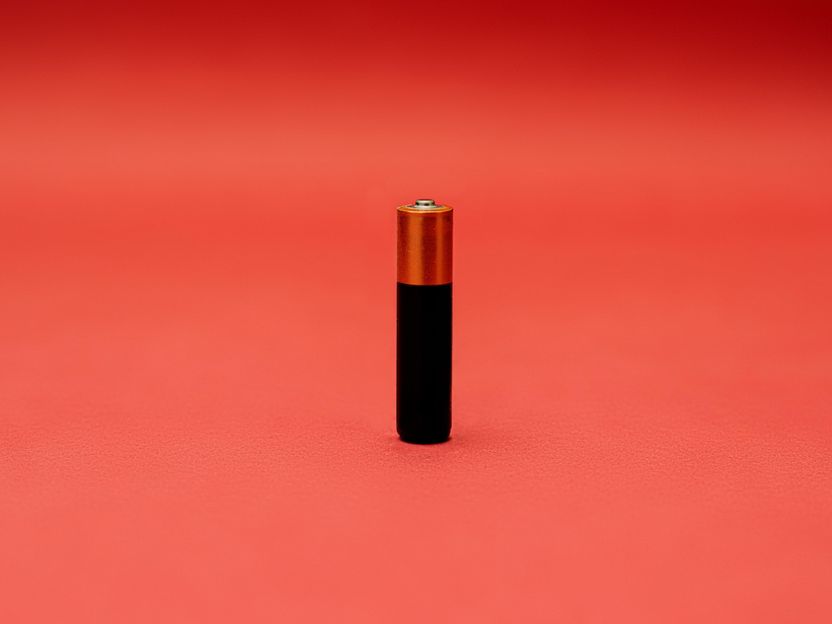
Novel ion exchange membrane improves performance of vanadium redox flow batteries - Researchers have developed a hybrid membrane based on two-dimensional nanohybrid materials
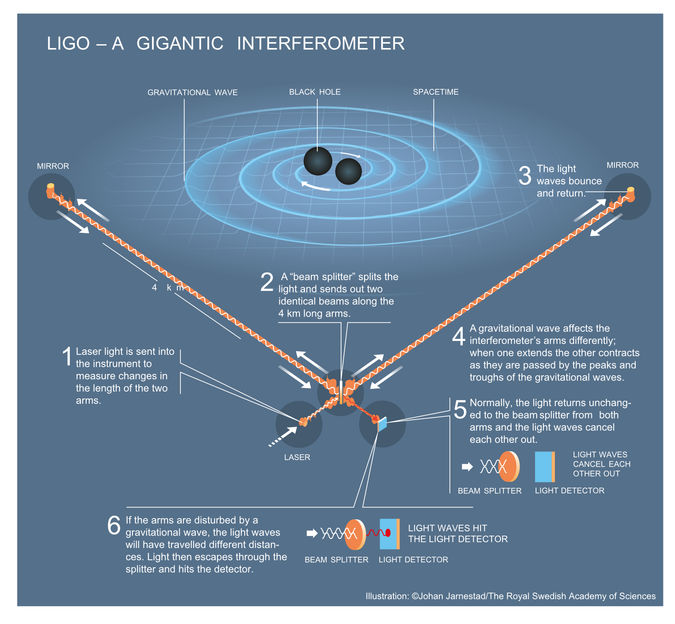
Gravitational waves finally captured - Nobel prizes in physics announced

New biobattery for hydrogen storage - Microbiologists has succeeded in using bacteria for the controlled storage and release of hydrogen
Rebuilding The Teijin Brand - Recreating The Teijin Group
Clorgiline
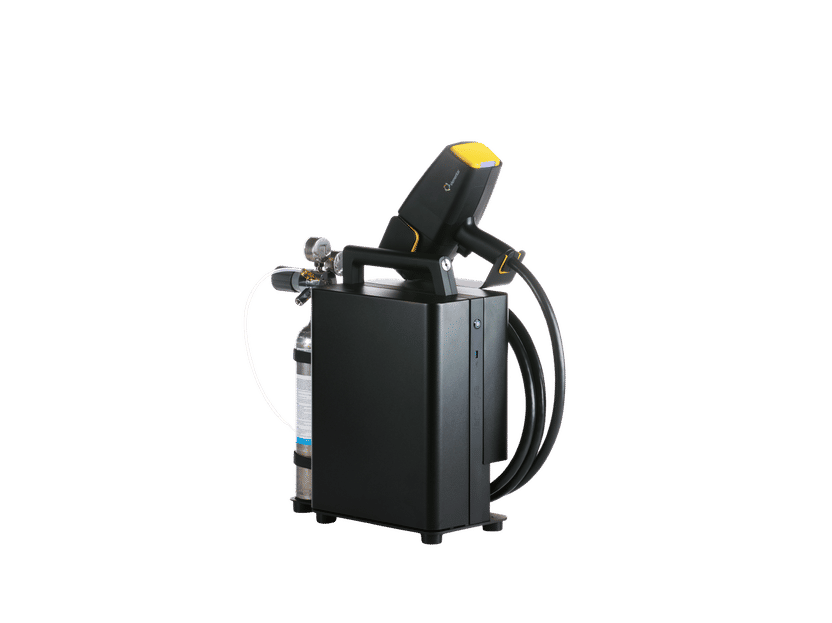
ferro.lyte | Spark spectrometers | Elementar Analysensysteme
